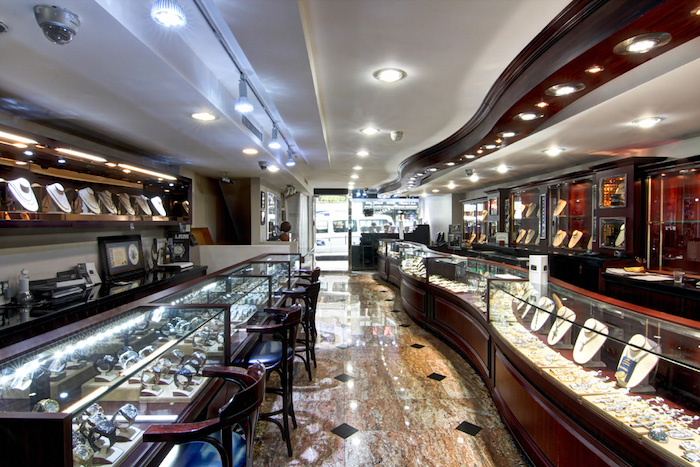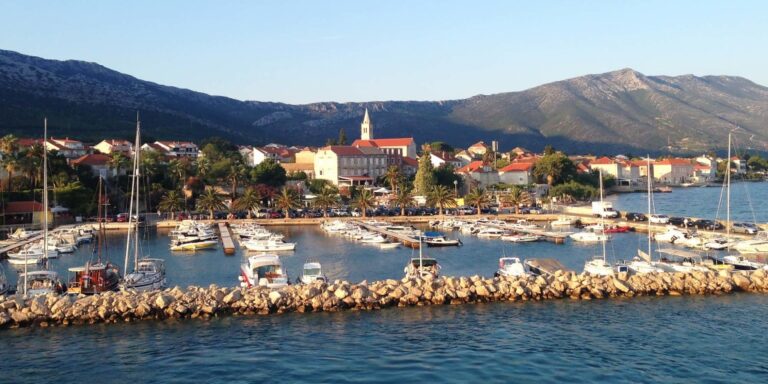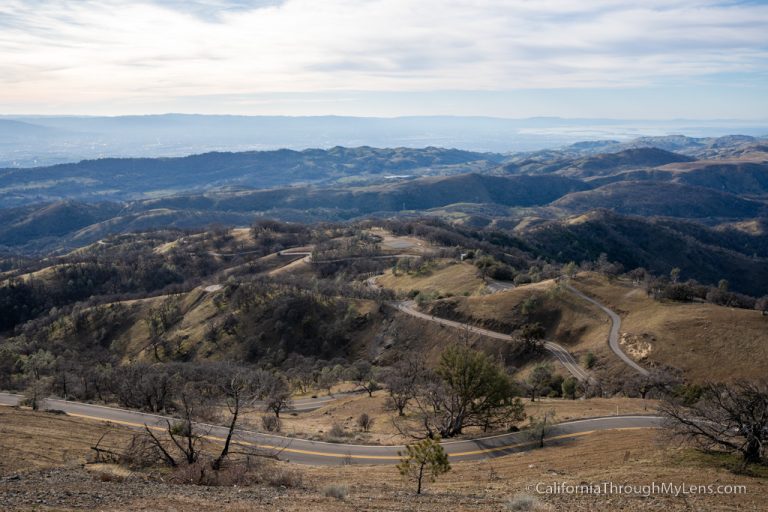
If there’s one item I can almost guarantee you’ll have in your suitcase on the way home from Puglia, it’s a bag of the locally made orecchiette. Literally translated as “small ear” (due to the shape of the pasta, not the presence of dubious meat content), orecchiette is native to Puglia and, of course, there’s no better way to try it than freshly prepared.
I almost didn’t include these cruncy little savoury biscuits on account of the fact that I…don’t really like them. For me, they’re dry and pretty flavourless but perhaps that’s their charm, especially since they usually show up alongside your aperitif (pre-dinner drink) when the flavour of your Prosecco is what should be front of your mind. By the way, want to visit Italy’s Prosecco region, check out post on how to do that here.
I’m still no expert but with a small sample of oils to try and instruction on how to clean your palette in between each tasting (apple, apparently), I’ve taken a step forward in my olive oil knowledge, and I’m pleased to say that I bought a bottle for future cooking purposes.
Thanks to the fishermen touting their freshly caught wares on the docks of the coastal cities, together with Puglia’s slow food movement, you can be confidence that whatever sea-based food you choose, it’s likely to be fresh, organic, responsibly sourced and served without fuss. The red tuna carpaccio I ate in the city of Monopoly, served just as the spring sun turned onto the piazza, was a definite moment of food joy.
Returning to the base ingredient of mozzarella cheese, cacciocavallo is another Puglian food. This time, instead of stuffing the mozzarella with stracciatella, it’s tied into a balloon shape with a string around the ‘neck’ and dried, transforming the texture from soft to solid and intensifies the flavour from milky to something much more pungent in the process. The older the cacciocavallo, the more I enjoyed it (I’m a strong-cheese fiend). If you’re not a fan of stronger flavours, try a less well aged cacciocavallo, aged a month or so rather than a year.
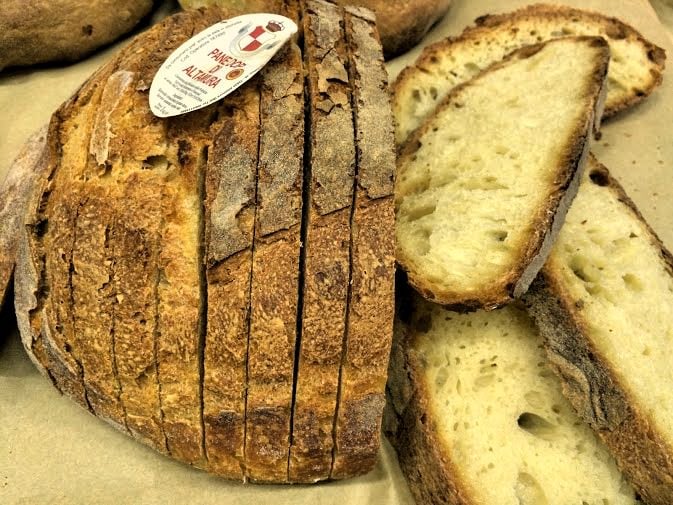
In a world where we’ve gotten used to farming standards that spray away the weeds and interloping vegetables that riddle crops, it was refreshing to see a chef take those items in his hands and ask himself, “what can I cook from this?” Of all the dishes, the spontaneous vegetables were the most adventurous and inspiring. From deep fried wild peppers to cardo spinoso (thistle), the menu served up was at least as inventive as mother nature, and the chef just as passionate; arguably more so.
I’ve heard the phrase dolce vita, the sweet life, thrown about without much care or consideration to its relevance, but after many days of slow eating through Puglia, I think I’m finally coming to truly understand and appreciate what the dolce vita is really all about.
1. Focaccia
And there are slow cities, too. The slow movement has been so wonderfully embraced in Italy that there are now slow cities. While the slow food movement may not have translated into a maximum pedestrian speed, slow food cities have redesigned their spaces to reduce traffic flow and generally encourage a slower pace of life – something that’s a lot easier to achieve if you don’t have horns blaring in your ears (take sequential trips in Venice and Puglia if you want to appreciate the contrast). Italy can proudly claim 74 slow cities, including Trani in Puglia. The UK has 5 such cities and the USA has 3. You can find more information about the Slow Movement here.
Although neither of these desserts are specifically local to Puglia, they were a delight on both the eye and the palette.
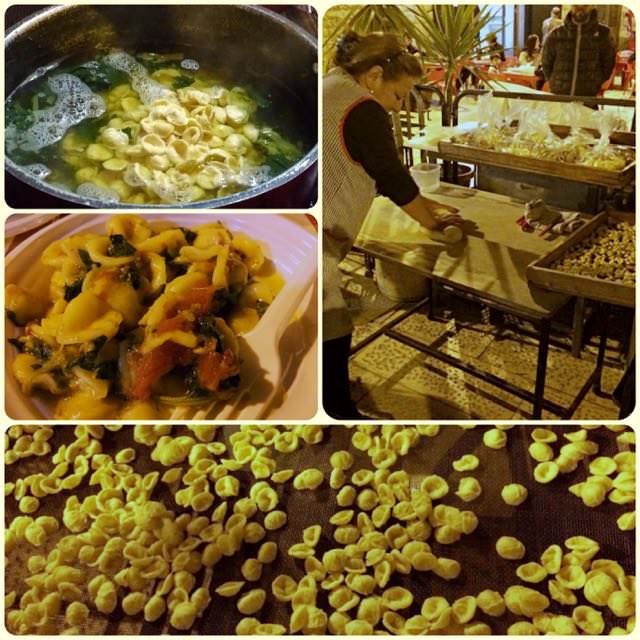
2. Sgagliozze (deep fried polenta)
If there’s one thing you can count on Italy for, it’s good cheese. But it’s important in a country that has so much regional produce to learn where your cheese comes from because we all know that it tastes better when you eat food in its place of origin.
Where to try it: Camilla’s street food stall. There’s no signage but you’ll find her at Largo Albicocca, €3 per bowl.
Related Articles:
3. Orecchiette pasta
If you’re looking for a comparator, there’s a huge debate about whether primitivo and zinfandel are the same grape. I say no, others disagree. You can read more on that argument from Wine Geeks.
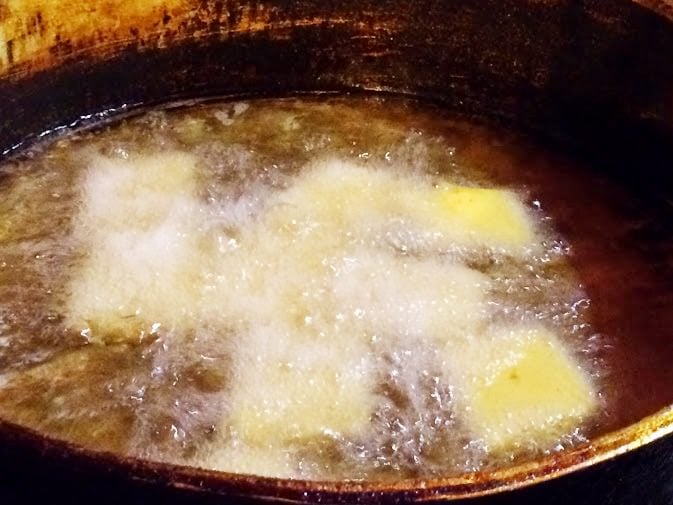
Did you know: Buffalo mozzarella, which is native to Campania, is not the beginning and end of mozzarella. There’s a roaring production of this popular style of cheese in Puglia. The only difference is the mozzarella in Puglia is made from cow instead of buffalo milk. As for which is better, the answer very much depends on who you ask (and where in Italy they’re from).
Altamura is most famously known for its bread, which has Designation of Protected Origin status – in other words, it’s only Altamura bread if it’s from Altamura and baked to D.O.P. specifications.But Altamura’s history with bread stretches back a lot further than its DOP classification.
4. Wild vegetables
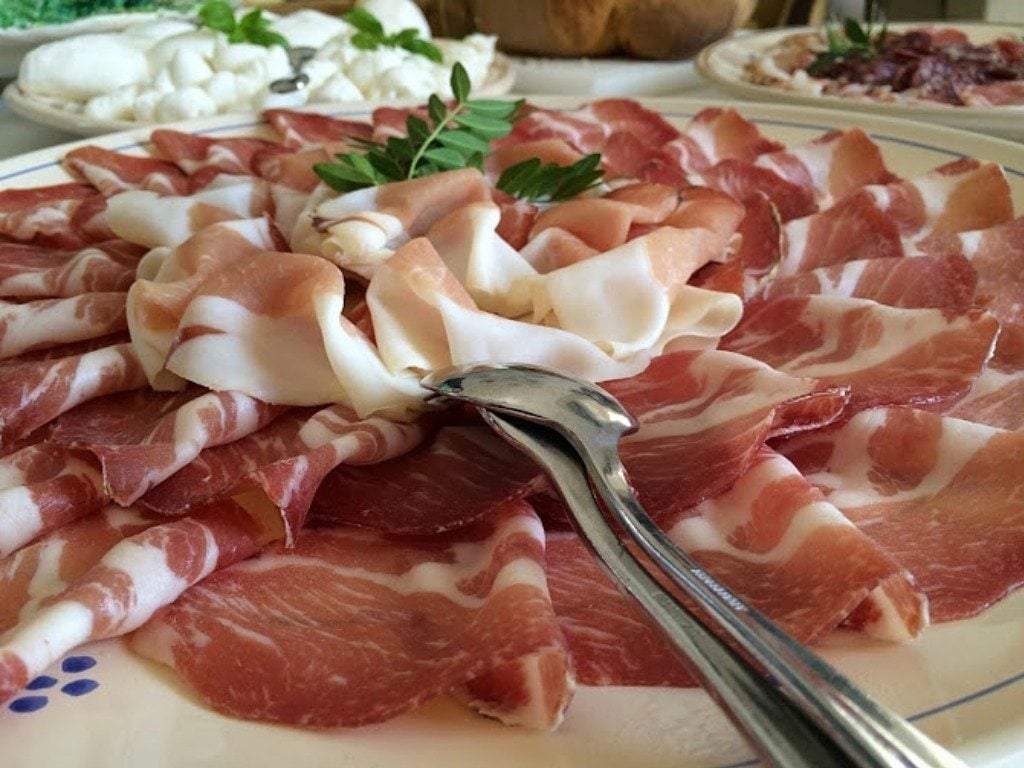
Where to try it: Panificio Fiore, 38 Strada Palazzo di Citta, Bari. At Panificio Fiore you’re going to fall over at the price of a head-sized pieces of focaccia, which costs only €1. It’s no wonder they sell hundreds of pans of focaccia every day. Add in the fact that you’re buying from a 100-year-old business and you’ll unlikely find a better place to get a focaccia fix.
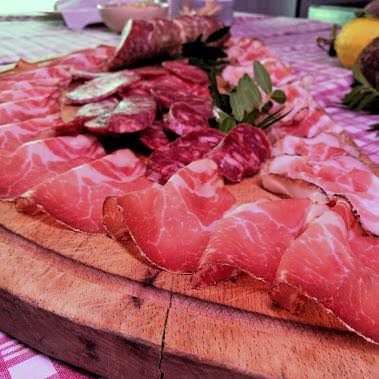
5. Fish and Seafood
With such an expansive stretch of coastline, I’d have been suspicious if there wasn’t an abundance of fish and seafood in Puglia. Fortunately, I wasn’t disappointed. In a country where you can fall face first into a mozzarella without thinking too hard, it’s nice to have the crisp, clean, dairy-free taste of fish and seafood to turn to for a welcome cheese break.
Orecchiette is so popular and famous in Bari that there is an entire street, known as Orecchiette Street (obviously) dedicated to the making of this pasta. On the street you’ll find local women, many of whom were taught how to roll this distinctive shape when they were small girls, sat creating pasta piece after pasta piece at high speed.
However, of all the focaccia in all of the world (and I’m not just being grandiose here), the best focaccia I’ve ever had the pleasure of cramming into my mouth came from Bari. A simple recipe of dough, olive oil, salt, tomato and olives, the result was a moist bread with bursts of flavour, crackles of salt specs and yet it still managed to pack a sufficiently crispy base.
6. Altamura Bread
If you’re searching for local food for your trip to Puglia, you’re already steps ahead of most of the millions of foreign visitors who arrive in Italy each year.
From il Pino Grande: This pana cotta was unlike any other I’ve tasted – very rich in caramel flavours and with a consistency closer to a ricotta than a usual pana cotta – I’d return to Puglia just for this.
I had the pleasure of witnessing the salami curing process while I was in Puglia, something I’d not honestly given a great deal of thought to. However, as the salami master (for want of a better title) rubbed and turned the meat to coat it in a complex blend of spices, I developed a whole new appreciation for this cured meat that takes months to create (a minimum of 130 days) but only seconds to devour.
7. Capocollo
Oh, and what would boconnotto be without coffee? On a warm day I can highly recommend the granita di café con panna – shaved ice, doused with espresso and topped with a healthily unhealthy dollop of sweetened cream. With all the sightseeing on offer in Puglia, you can justify more than one.
Puglia didn’t seem too abundant on the regional dessert front (though who needs it with everything else it has on the menu). However, boconnotto is worth going out of your way to find. More like the kind of cake I’d expect on an afternoon tea tray in England than served after dinner, boconnotto is a divine blend of sponge casing and fruity interior. I tried both the prickly pear and sour cherry, and the cherry won out, but only just.
Where to try it: il Pino Grande, S. P. 234, Km. 20,920, 76123 Andria – Castel del Monte Provincia di Barletta-Andria-Trani. If you really want to embrace the slow movement, you can sleep slow too – il Pino Grande has rooms available.
8. Puglia Olive Oil
It gave me fresh zest to explore Italy all over again – the parts I’d seen before, like Florence on my 3-day city break, but also the areas I’d not yet touched or tasted, like Puglia. With the expertise of Puglia Tourism Board on tap to ensure I didn’t let my taste buds stray, I spent four days getting to know the food, prodding, poking, translating, deconstructing, teasing, chewing and slurping on the local dishes.

Going to Puglia? Check out my post: 20 Very Best Things To Do In Puglia
I’ve gotten into a bad convenience habit in recent years of plucking olive oil off the supermarket shelves. I know, I know. This fact is even more offensive considering the number of times I’ve traveled to Italy (and Spain) in recent years. But one of the main reasons, beyond convenience, that I’ve been shopping in all the wrong places is that I still find the world of olive oil pretty intimidating. Sure, I know what I like when it’s on my tongue, but put an olive grove’s worth of bottles in front of me and I’m flummoxed; which is why it was so enjoyable to do an olive tasting while I was in Puglia.
Take a tarralli, make it bigger, cut it in half (like you would a bagel, top it with fresh tomato and olive oil and you have friselle. A significant upgrade to a tarralli if you ask me, but I’d still rather opt for a foccaccia. However, if crunch for lunch is what you’re after, try friselle.
9. Stracciatella Cheese
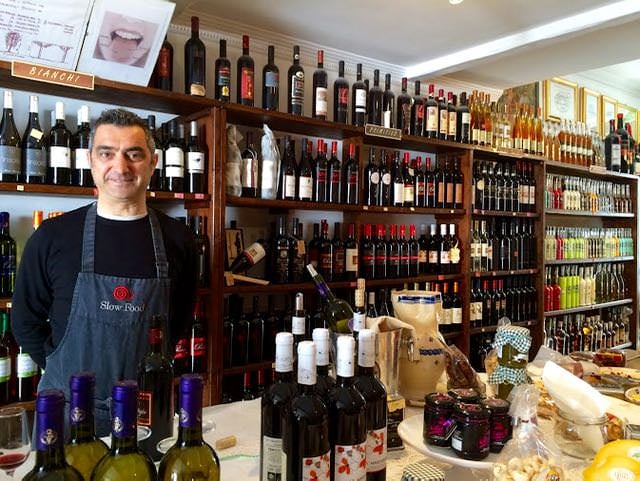
Where to try it: Caffe Tripoli, Via Giuseppe Garibaldi, 35, 74015 Martina Franca. The location of this café in Martina Franca is superb.
10. Burrata Cheese
Despite sounding like a skin condition that itches (or maybe that’s just my pronunciation), sgagliozze was one of the most naughty but nice things I ate. Typically served as street food, all you need to do to find it is follow the soft scent of subtle frying.
11. Cacciocavallo Cheese
The slow food movement began in 1986 in Italy when a local company, Arcigola, got understandably miffed by the appearance of a McDonald’s near the Spanish Steps in Rome. Since then, the movement has gathered (slow) momentum and today there are 100,000 members across 150 countries.
12. Scamorza Cheese
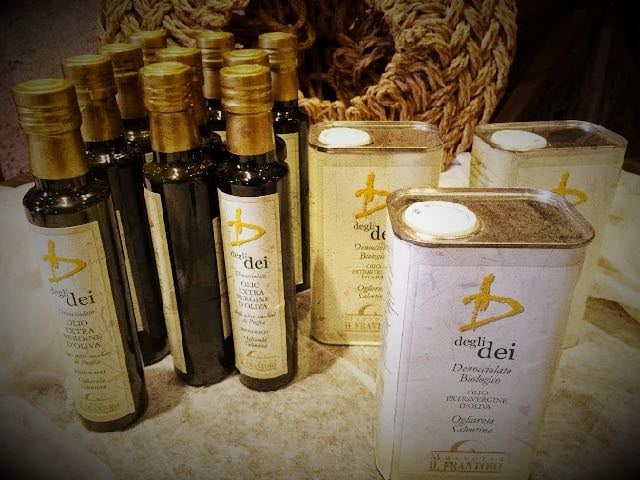
13. Ricotta Cheese
In short, deep-fried pizza pockets. Yes, I know the Italians will probably black list me for this description but that’s what they are. Typically filled with simple mozzarella and tomato, they’re a great street food. Just don’t burn your tongue!
And after four days of extensive food research, I came to the conclusion that Puglia is my kind of food region – the Slow Food Movement (more on that below) means produce is fresh, local and savoured; traditional recipes are revered and street food – cooked before your eyes by locals and served up at very decent prices – is common. But there’s space for both gourmet and play, too – I met one chef who was fascinated with concocting recipes from the ‘spontaneous’ vegetables he found growing in the garden.
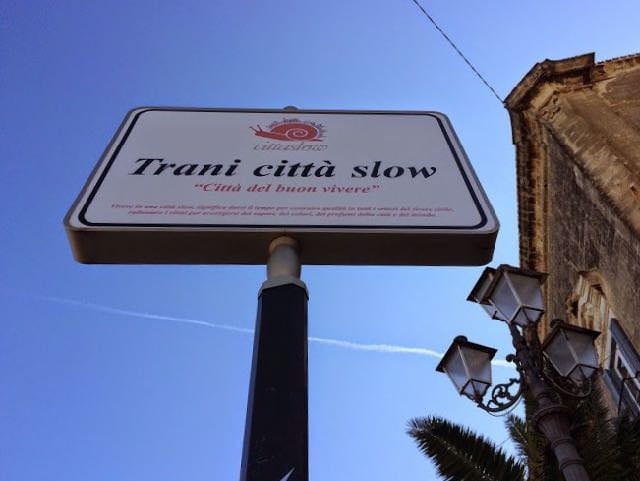
14. Bocconotto
I was fortunate enough to be able to wrap my palette around a full menu at 5* Masseria Torre Coccoro (to give you an idea of the calibre of this ‘farmhouse’ Prince Harry attended a wedding here, though not while I was present). Every course was as you’d expect from such a fine establishment but it was the creative flavour pairings that lingered – this dessert included all the things you wouldn’t expect – a soft pea biscuit base and a dill fennel and fiordilatte ice cream, all sweetened with almond.
Where to try it: everywhere – Primitivo is as omnipresent as orecchietti in Puglia. I did a ‘spontaneous’ wine tasting at Enoteca Tholos, Via Monte San Michele, 70011 Alberobello.
Where to try it: you’ll find many places serving sgagliozze. I tried it at Camilla’s street food stall, where I also tried orecchiette (see below). The price was €6 for a large plate that can be shared between 3 or more people, depending how indulgent you’re feeling.
15. Primitivo Wine
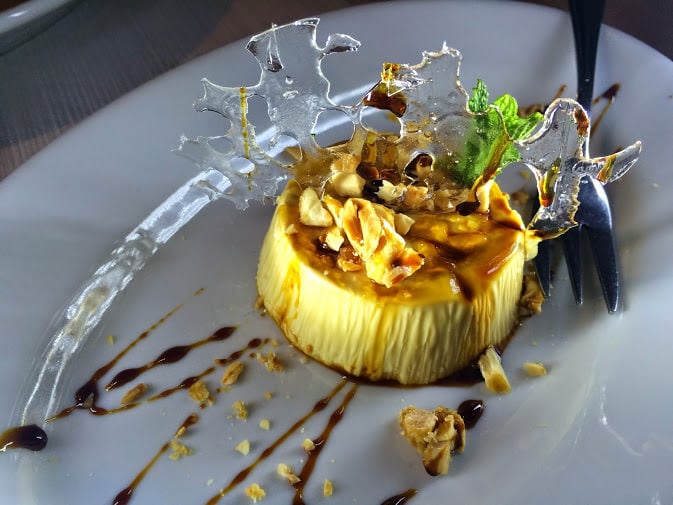
Capocollo is a large cured meat that slices thin and contains good bursts of fat between the meat. It comes from the neck of the pig and only two capocollos can be created from each animal. Unlike most salami, capocolla literally disintegrates in your mouth. Whether that has anything to do with the fact it’s cured in vin cotto (a thick, fortified wine), I don’t know, but I’ll keep sampling to try and find out.
Where to try it: Pane di Nuzio, Via Torino,36 – Altamura. The bakery is pretty nondescript so you could pass it by without noticing, so pay attention. Inside, say hello to Nuzio, the baker behind the bread. Closed Thursdays.
Where to try it: Palazzo Indelli, Piazza Garibaldi 27, 70043 Monopoli. If it’s sunny, try to get a seat on the terrace. That said, it’s hard to pull yourself away from the vaulted ceiling in the restaurant.
16. Italian desserts
Served simply, with a dousing of olive oil and vegetables that have been cooked in the same pan as the pasta, it’s hard to imagine how such simple flavours can deliver such a robust, moreish taste. I tried orecchiette with tomatoes and a local vegetable called cime di rapa (translation: turnip tops). The rapa has a similar flavour to broccoli but is more similar in consistency to spinach, and there’s not a hint of turnip in sight. Overall, the rapa offers a wonderful tang of bitterness against the sweetness of the tomatoes and the richness of the olive oil.
Just when you thought stracciatella had topped the charts for cheese magnificence, your mouth stumbles into burrata: in simple terms, stracciatella encased inside a ball of mozzarella. Cheese genius at work. The best thing is, burrata has become so popular, it’s now available outside Italy for you to try before you reach Italy.
One of the defining features of the Puglian landscape is the undulating fields of olive trees, and given the region produces around 40% of Italy’s olive oil, it’s no surprise to see olive trees in such abundance.
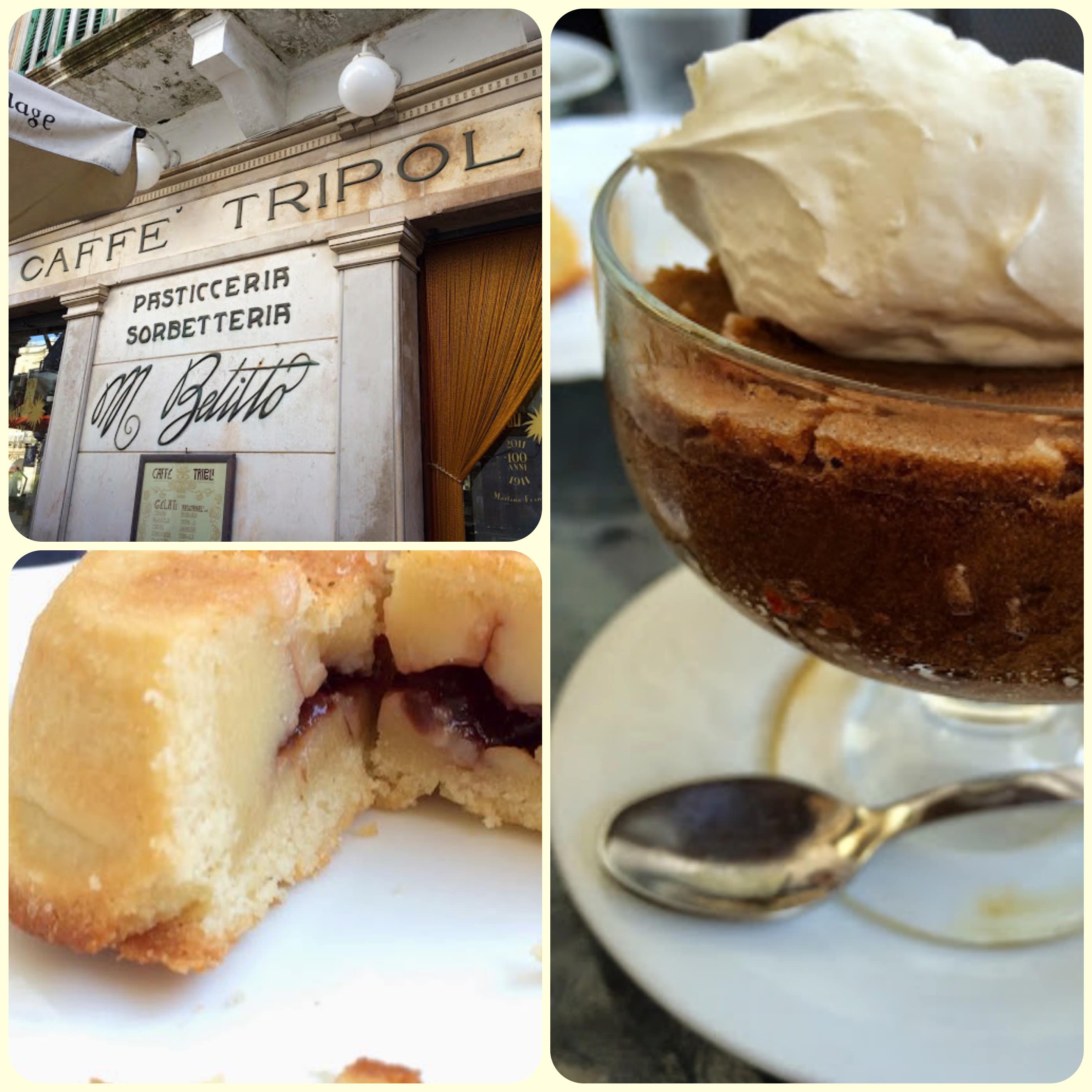
17. Slow foods of Puglia
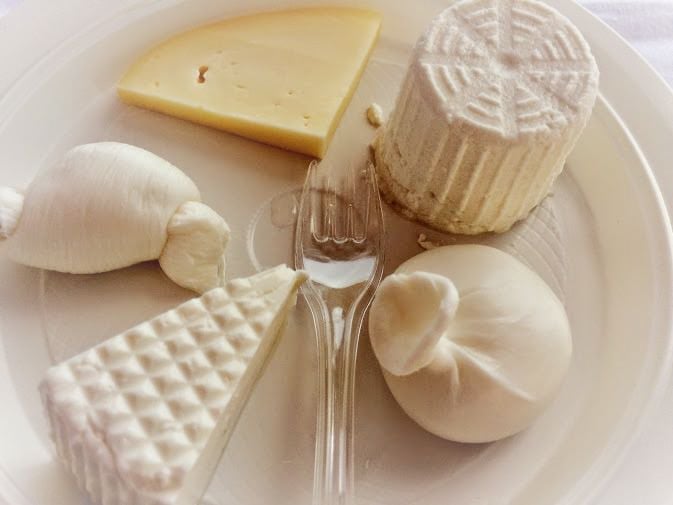
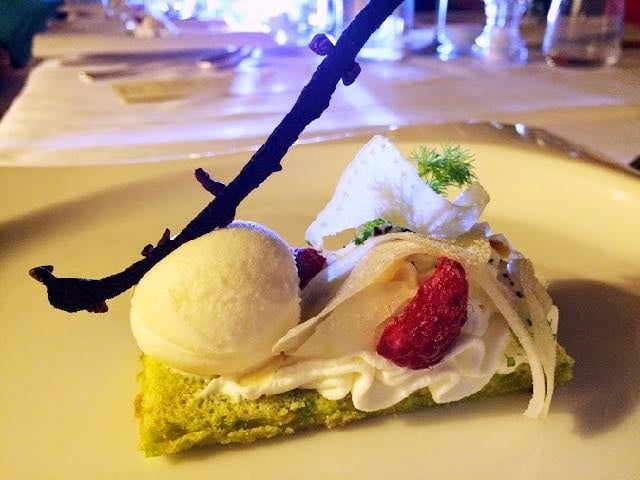
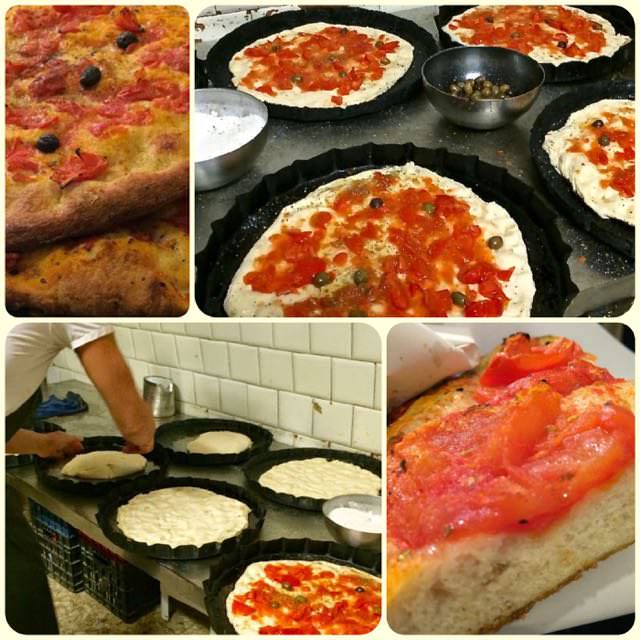
Where to try it: Capocollo di Martina Franca, Via Cappuccini, 35 – 74015 Martina Franca. The salami is made on site and you can buy it from the deli – you can’t get much more fresh or local than that.
18. Panzerrotti
It would be remiss if I didn’t give you a hint at what to wash all this glorious food down with, so here’s my recommendation: when in Puglia, try the local Primitivo wine. Born from black grapes with deep tannins but holding a hint of sweetness, Primitivo can take a few sips to get used to if you’re into very dry red wines. But, after those few sips this wine really does grow on you – so much so that by the time you leave Puglia, you’ll probably be considering checking your hand luggage just to take a few bottles home (guilty).
19. Tarralli
Scamorza is similar to cacciocavallo in terms of base production and shape but they’re actually pretty different cheeses to taste. Scamorza is much smaller in shape, bathed in salt for less time during the creation process and dried for only a few days. This gives it a much milder flavour with a more spongy texture. If you want to know more, check out Serious Eats.
20. Friselle
To cook sgagliozze the oil is heated until it’s boiling hotter than hell before half inch thick sized slices of polenta are dropped in. This simple dish, which features nothing more than corn flour, salt and oil is a quick cook that’s best eaten hot, though do spare a thought for the roof of your mouth and let the oil cool a little bit first. If you find yourself peckish as you see the sights of Puglia, scagliozze is a great pit-stop food.
But what does slow food mean? The whole slow movement is a protest against the popular notion that faster is better, and as someone who spent a decade as a lawyer racing through life, I’m inclined to agree that faster is definitely not better. In practical reality, slow food includes a lot of what you might imagine: sustainable and organic farming, ethical buying and pricing for producers and lobbying against pesticides and genetic engineering. Yet the movement is so much more than that. It’s about rescuing traditional recipes, taste education and simply taking the time – to cook, to eat and to enjoy our food. Did you know? The acidity of olive oil relates to the period of time the olives sit on the ground and the less acidic the oil, the better it is.
